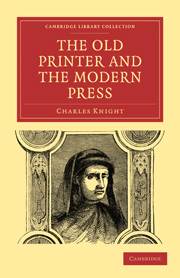Summary
The Railway Libraries—by which generic term we mean single volumes, printed in small type on indifferent paper, and sold mostly at a shilling — are almost wholly devoted to novels, English or American. Whatever be the quality of the fiction so published, we may ask, without any general depreciation of such works, if the popularity of this class of reading has not a tendency to indispose for other reading, however attractive be the mode in which information, historical, critical, or scientific, be presented; and is it not a necessary consequence that books of another character than novels should be compelled to address themselves to a smaller class of readers, and must, therefore, of necessity be dearer? If this be true of the railway books, it is equally true of the weekly sheets. The demand for fiction amongst the largest class of readers has forced upon every weekly periodical the necessity for introducing fiction in some form or other. The writers of eminence cannot put forth their powers in this direction without charging a higher price for their numbers than those in which inferior writers are employed at low salaries. The higher price necessarily induces a smaller sale. The dealers in cheap periodicals say, “you have no chance for a sale unless you give as much paper as the others give for a penny!” In this respect, some of the more extensively circulated of these sheets would appear to defy all reasonable competition.
- Type
- Chapter
- Information
- The Old Printer and the Modern Press , pp. 277 - 285Publisher: Cambridge University PressPrint publication year: 2010First published in: 1854

